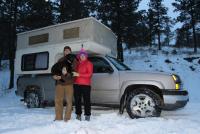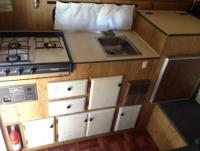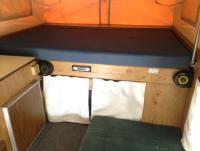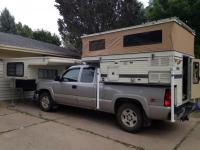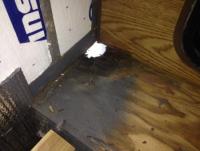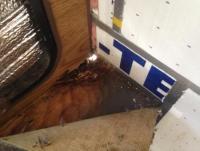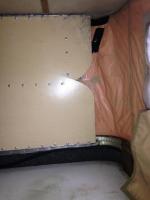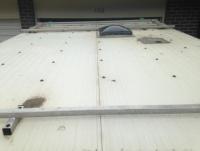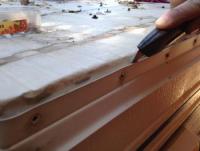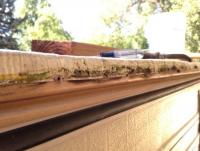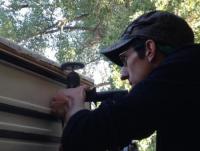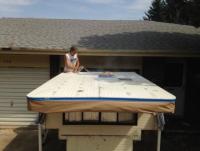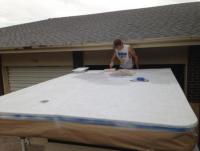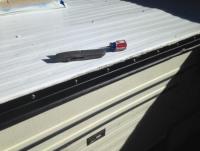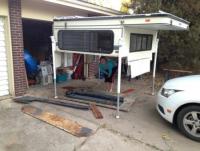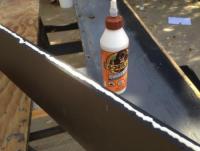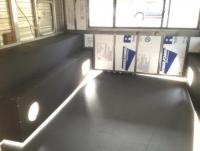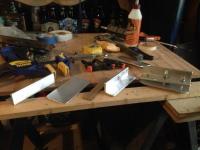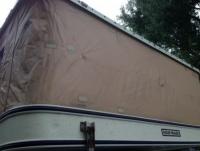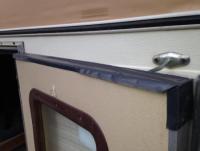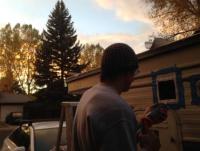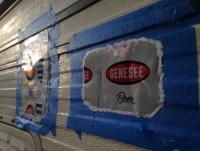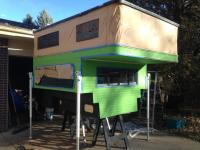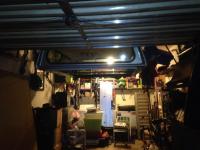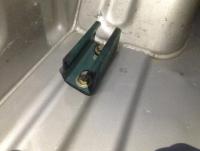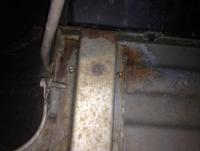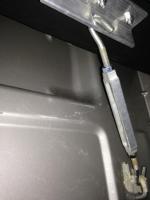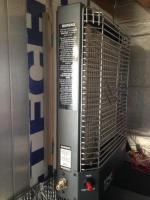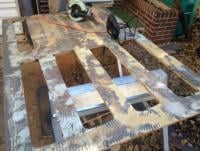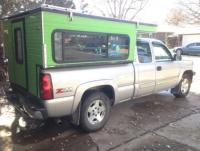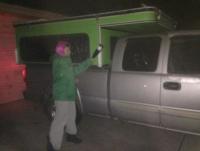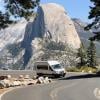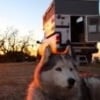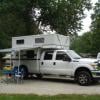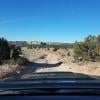Before getting into our rebuild it’s worth mentioning our motivation for going the route we did. My wife and I are backcountry skiers, and love to travel! After we finished college in WI we moved to CO and took a year off before I started graduate school. She found work in her field and after a couple years we conjured up the idea of taking an early retirement trip after I finished my dissertation (estimated spring 2017). This trip includes several parts but the pertinent one for this forum is chasing winter to Alaska skiing as much as we can along the Canadian Rockies. We will then stay in AK for the summer and mosey back to the lower 48 in the fall, in total it will be an ~8 month trip. I had bought my father’s truck before leaving WI because he simply wouldn’t allow me to take my 1992 Silverado (6cyl, 5sp, 2WD) out west, named "Ol’Blue." Thus the upgrade to the "Renegade" which is a 2004 Silverado Z71. Over the years we’ve spent many nights sleeping in the bed of the truck on a raised platform but figured that was no way to live our epic trip. We started thinking about buying a van or a truck camper and since the truck was already paid off it made most sense to get a truck camper. We happened to score an awesome deal on a Lite-Craft in January 2015!
We bought a memory foam mattress and a new deep cycle battery. The thing was great; heater worked wonderfully but the interior was very limiting for storing our adventure gear. Spring skiing we discovered that the roof vent leaked and we tried sealing it up but it really just needed to be replaced. The camper was also pretty heavy as it was framed entirely with wood and with all the unnecessary appliances, which made the truck feel a bit sluggish. Winter camping means no plumbing, thus the water tank, hoses, pump, and sink were all unnecessary. The stove had three burners, two is at most we’d ever use. The fridge didn’t work and was a huge space waste. We thought we might be able to mount a roof rack for storing gear but with a 60lb trial of weight on the roof there was no way we could lift it (later I found out about struts). Another option for skis might have been to build an under the camper storage unit, but that still didn’t solve all the extra space alongside the camper as it was actually designed for a mid-size truck.
With all these thoughts in our heads, this is when we started to rethink our approach. We talked more about the van option, selling the truck and buying a ¾ ton, revamping an enclosed trailer, Wildernests or other rooftop tents, and even just sleeping in the back under the topper. The cheapest option would be to use the truck as is, but we knew the raised platform was too limiting for head room. We decided to try out a lower bench option by using the built-in slots in the bed for a platform. This was great as it provided much more headroom but then we didn’t know how we would organize our gear underneath? Where do we put the cooler? Where do totes go? After a weekend trial trip we scratched the idea, even if the dog loved it.
Back to the drawing board we decided that again we wanted to go with what seemed to be the cheapest option forward by buying a different truck camper that was lighter, fit the truck properly, and we could gut the inside to rebuild for our specific needs. This is when we came across Four Wheel Campers and there began countless hours of research. Do we buy a new(er) one? Do we buy an old one that requires additional work to fix it up? Searching CL we eventually came across a 1991 Hawk about 2.5 hours away. It was already partly gutted and in rough shape. After a little negotiating we bought it for $900. Using some NRS straps to connect it to the truck for transport, we headed home and immediately posted the Lite-Craft truck camper on CL. It only took a couple days to sell which allowed more room in our driveway for working!
Our first step moving forward was to assess the condition and what all needed to be done. The floor pack was rotted through in two places and really squishy in several others. This had to be replaced! Although finding out about different wood hardeners was cool, and it would be a good option if your wood is just starting to rot.
We noticed some mold on the front lift panel which made us suspicious of a leak and additionally while sitting in the driveway after our first rainstorm there was some moisture in that front corner.
That front corner also had substantial cracks in the canvas and a few patches. Since the moisture came in when the top was down, we assumed that it was the roof itself that leaked. We decided it would be best to address resealing the entire roof and also repaint it.





